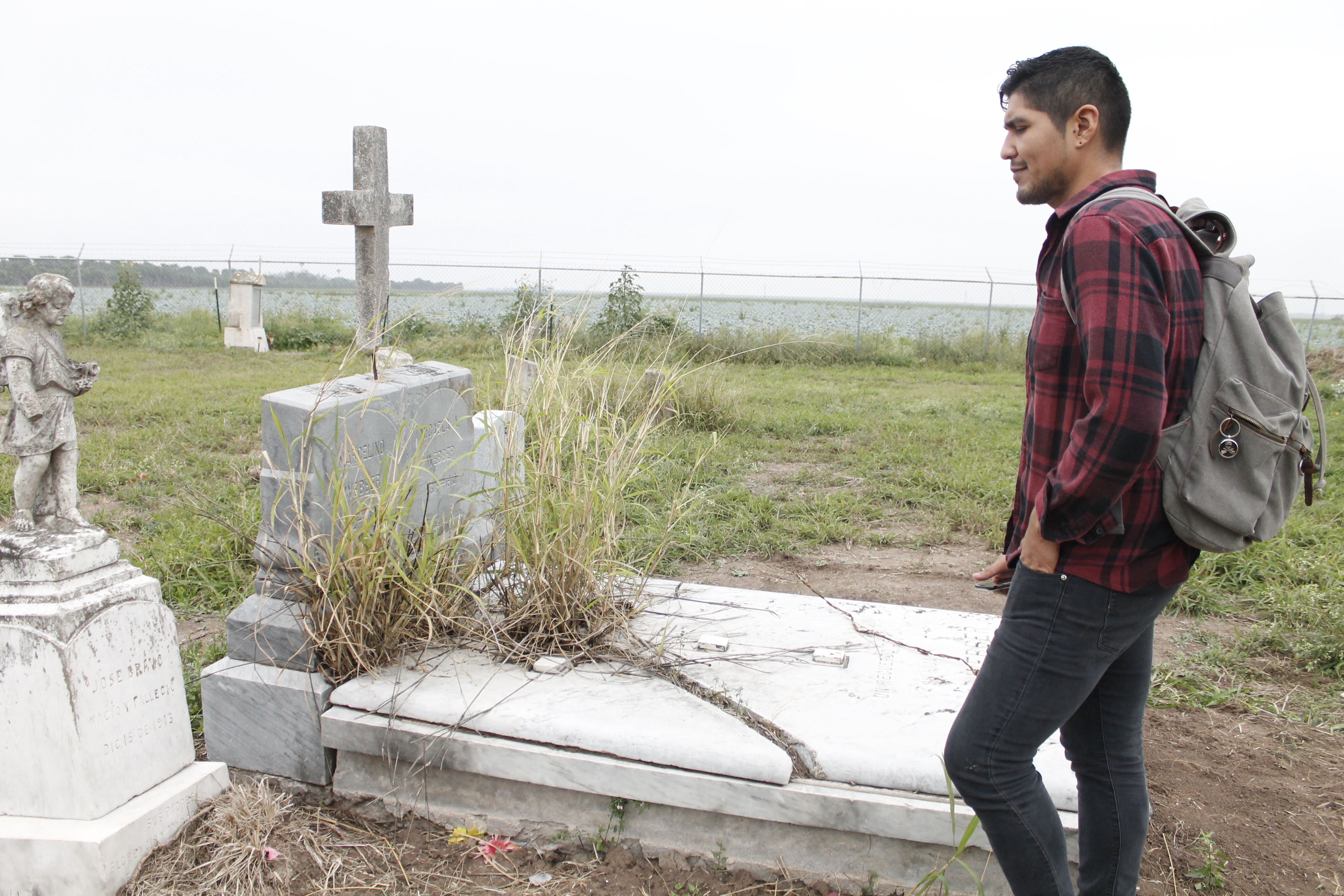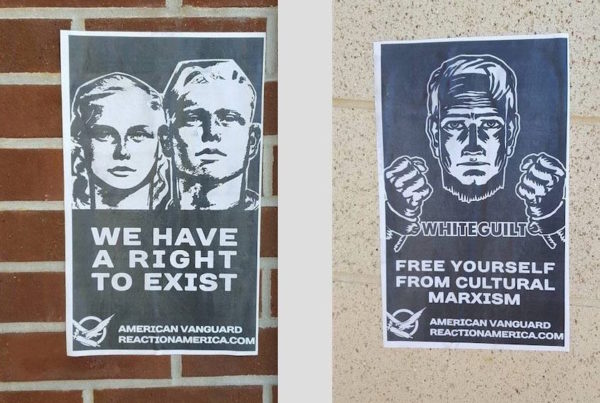You likely know a thing or two about the underground railroad that helped hundreds escape to the north. But just 15 minutes outside of McAllen there are forgotten pieces of a lesser-known underground railroad that went in a southerly direction.
The Jackson Ranch Cemetery in San Juan, Texas is less than a mile from the US-Mexico border. Tombstones with dates as far back as the mid 1800s are scattered in the tall grass. It looks like the grass hasn’t been mowed in years.
Roseann Bacha-Garza, is the program manager of the Community Historical Archeological Program with Schools at the University of Texas Rio Grande Valley. She’s been researching this area for years — studying the historical regional and cultural heritage on the border. One way she does that is by examining the genealogy of families who originally settled here.
“This is the other Jackson Ranch cemetery and apparently Nathaniel Jackson is buried back here,” Bacha-Garza says on a tour.
The Jacksons were slave and plantation owners from Alabama. Bacha-Garza says Nathaniel’s journey to Texas began when he married a woman named Matilda Hicks.
“She was a slave in their plantation back in Alabama.”
Nathaniel Jackson did not believe in the Confederate cause and eventually freed his slaves. In the 1850’s he, Matilda, their children and five other families traveled to Texas in five covered wagons. Nathaniel and Matilda were a mixed-race couple looking for a fresh start. They wanted to live in peace. And they found that here in south Texas.
Bacha-Garza says the family was known for something else — they would protect slaves and would smuggle them across the Rio Grande into Mexico where slavery had already been abolished 20 years prior.
“During that time in the 1850s it was reported that there were approximately 3,000 black slaves that would have escaped over the river,” Bacha-Garza says.
Karl Jacoby recently wrote about one of those slaves in his book The Strange Career of William Ellis: The Texas Slave Who Became a Mexican Millionaire.
“After 1850, there’s a fugitive slave act that would allow you to seize slaves in the north, but there was Mexico adamantly refusing to sign any fugitive slave agreement with the US. So once a slave made it to Mexico they really were safe in a way that didn’t exist in the northern US,” Bacha-Garza says.
That’s why the families who helped slaves on this side of the border were so important to the underground railroad to the South. Along with the Jacksons, the Webbers also helped. But Bacha-Garza says there’s still a lot we don’t know about these families and their histories.
“I’m constantly doing research, as are other members of this family, sometimes you can see them on blogs on the internet,” Bacha-Garza says.
Lupe Flores is a descendant of both the Jacksons and the Webbers. He’s 27 years-old and a graduate student at the University of Texas Rio Grande Valley — where he studies Anthropology and Mexican American Studies. Flores says he grew up hearing stories about his family’s past, but — at the time — he didn’t think too much of them.
“I was in undergrad when I began to systematically researching my grandmother’s, her family’s history here in Hidalgo County. So I always had a sense of you know there was something about the ranch, or whatever, but I just never really internalized it,” Flores says.
That’s changed. He now reflects on his family’s history pretty frequently.
One thing he thinks about, and writes about, is what he calls the “permutations of resistance” — especially on the border.
“Through different times in the history and in the present, I mean there’s been people resisting policies of the state, the borders of the state,” Flores says. “Back then it was helping slaves cross into Mexico. In the 1900s, you had prohibition and this area was also a place of cross border movement during prohibition and then now in the contemporary period.”
Today the border is much more militarized by the state, but resistance still occurs. Usually in the form of helping undocumented people get into this country.
“Even with walls being built there’s still always going to be a way to subvert the state and it’s machinations to control the border,” Flores says.
After learning about his family’s role in this story, Flores looks at the Valley history differently. It’s a story he wants to magnify. Because, up until now, the story of the underground railroad that took slaves North has been told. But the Texas story — the one where slaves found freedom by fleeing South — continues to be a local, hidden tale.
















